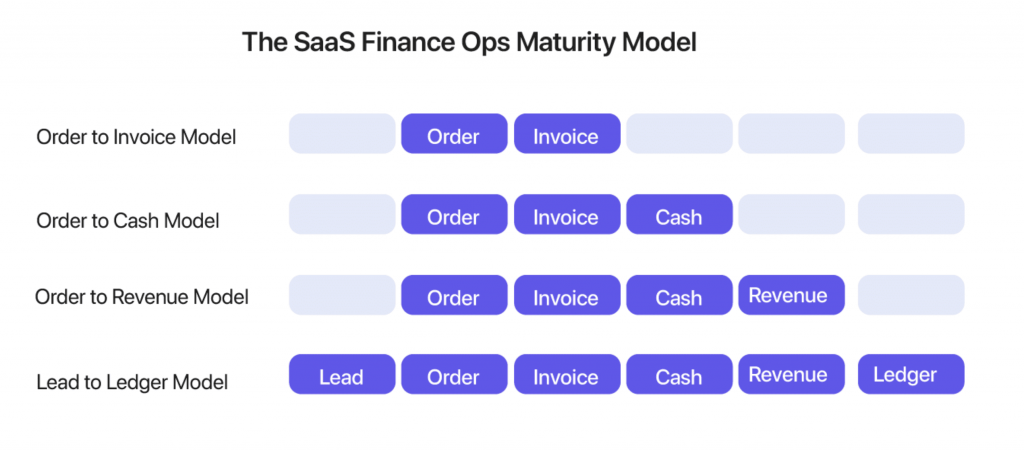
Are you tired of overspending on cloud services? Do you want to optimize your cloud expenditures and achieve financial efficiency? Then, the FinOps maturity model is the solution you need!
In this article, we will explore the FinOps maturity model, its benefits, and how it can help your organization achieve financial success.
What is the FinOps Maturity Model?
The FinOps maturity model is a framework that helps organizations optimize their cloud spending by aligning their financial and technology strategies. It provides a roadmap for organizations to improve their financial management practices, reduce costs, and increase business value.
The model consists of six stages, each representing a level of financial optimization maturity. These stages are:
Stage 1: Informal
In this stage, organizations have an ad-hoc approach to cloud financial management. They lack visibility into their cloud expenditure and have no standardized processes for tracking and optimizing costs.
Stage 2: Foundational
At this stage, organizations have started to implement basic cost management practices, such as setting budgets and monitoring usage. However, these practices are not yet fully integrated into the organization’s overall financial strategy.
Stage 3: Operational
In the operational stage, organizations have established a comprehensive cost management strategy that is integrated with their overall financial strategy. They have implemented tools and processes for tracking and optimizing costs and have set up a team responsible for managing cloud expenses.
Stage 4: Scalable
At this stage, organizations have achieved financial optimization at scale. They have implemented automated cost management processes and have integrated cost optimization into their DevOps pipeline. They have also established a culture of cost optimization throughout the organization.
Stage 5: Strategic
In the strategic stage, organizations have achieved full financial optimization maturity. They have a comprehensive understanding of their cloud expenditure and have implemented advanced cost management strategies, such as predictive analytics and cost modeling. They have also integrated cost optimization into their overall business strategy.
Stage 6: Innovative
In the innovative stage, organizations have achieved financial optimization excellence. They continuously innovate and optimize their cost management practices, leveraging emerging technologies and best practices.
Benefits of the FinOps Maturity Model

The FinOps maturity model provides several benefits to organizations, including:
Financial Efficiency
By optimizing cloud expenditures, organizations can save money and achieve financial efficiency. The FinOps maturity model provides a roadmap for achieving financial optimization maturity, enabling organizations to reduce costs and maximize business value.
Improved Visibility
The model provides organizations with greater visibility into their cloud expenditure, enabling them to identify cost-saving opportunities and make informed decisions about their cloud spending.
Greater Collaboration
The FinOps maturity model promotes greater collaboration between finance, IT, and business teams. By aligning financial and technology strategies, organizations can achieve their financial goals and increase business value.
How to Implement the FinOps Maturity Model
Implementing the FinOps maturity model requires a comprehensive approach that involves people, processes, and technology. Here are the steps to follow:
Step 1: Assess Your Current State
The first step is to assess your organization’s current financial optimization maturity level. This will help you identify your strengths and weaknesses and develop a roadmap for improvement.
Step 2: Define Your Objectives
Once you have assessed your current state, you need to define your financial optimization objectives. These objectives should align with your overall business strategy and financial goals.
Step 3: Develop a Plan
Based on your objectives, develop a plan for achieving financial optimization maturity. This plan should include specific actions, timelines, and responsibilities.
Step 4: Implement the Plan
Implement the plan by leveraging the right tools and processes. This may include implementing cost management software, establishing a FinOps team, and integrating cost optimization into your DevOps pipeline.
Step 5: Monitor and Adjust
Monitor your progress and adjust your plan as needed. Use metrics such as cost savings, ROI, and business value to measure your success.
Conclusion
The FinOps maturity model provides a roadmap for organizations to optimize their cloud spending and achieve financial efficiency. By aligning financial and technology strategies, organizations can reduce costs, increase business value, and achieve financial optimization maturity. So, start implementing the FinOps maturity model today and take your organization to the next level of financial success!

👤 About the Author
Ashwani is passionate about DevOps, DevSecOps, SRE, MLOps, and AiOps, with a strong drive to simplify and scale modern IT operations. Through continuous learning and sharing, Ashwani helps organizations and engineers adopt best practices for automation, security, reliability, and AI-driven operations.
🌐 Connect & Follow:
- Website: WizBrand.com
- Facebook: facebook.com/DevOpsSchool
- X (Twitter): x.com/DevOpsSchools
- LinkedIn: linkedin.com/company/devopsschool
- YouTube: youtube.com/@TheDevOpsSchool
- Instagram: instagram.com/devopsschool
- Quora: devopsschool.quora.com
- Email– contact@devopsschool.com

